Veger VP1010TW 8000mAh Wireless Power Bank
Specification
- Input:
- USB Type-C | 5V 2A
- USB Type-Micro B | 5V 2A
- Output:
- USB Type-A | 5V 1A – “Output1”
- USB Type-A | 5V 2A – “Output2”
- Wireless | QI Technology | 5V 1A
- Capacity: 8000mAh Li-Poly Batteries
- Lifespan: 300 Times Charge Recycling
- Model: VEGER VP1010TW
- Rubberized ABS Casing
- Colour: Black, White
- Weight: 222g
- Safety Feature
- Over Current Protection
- Over Voltage Protection
- Temperature Protection
- Short Circuit Protection
- Input Anti-Reverse Protection
- Overcharge Protection
- Overdischarge Protection
Dimension
Where to Buy:
Unboxing – Veger VP1010TW 8000mAh Wireless Power Bank
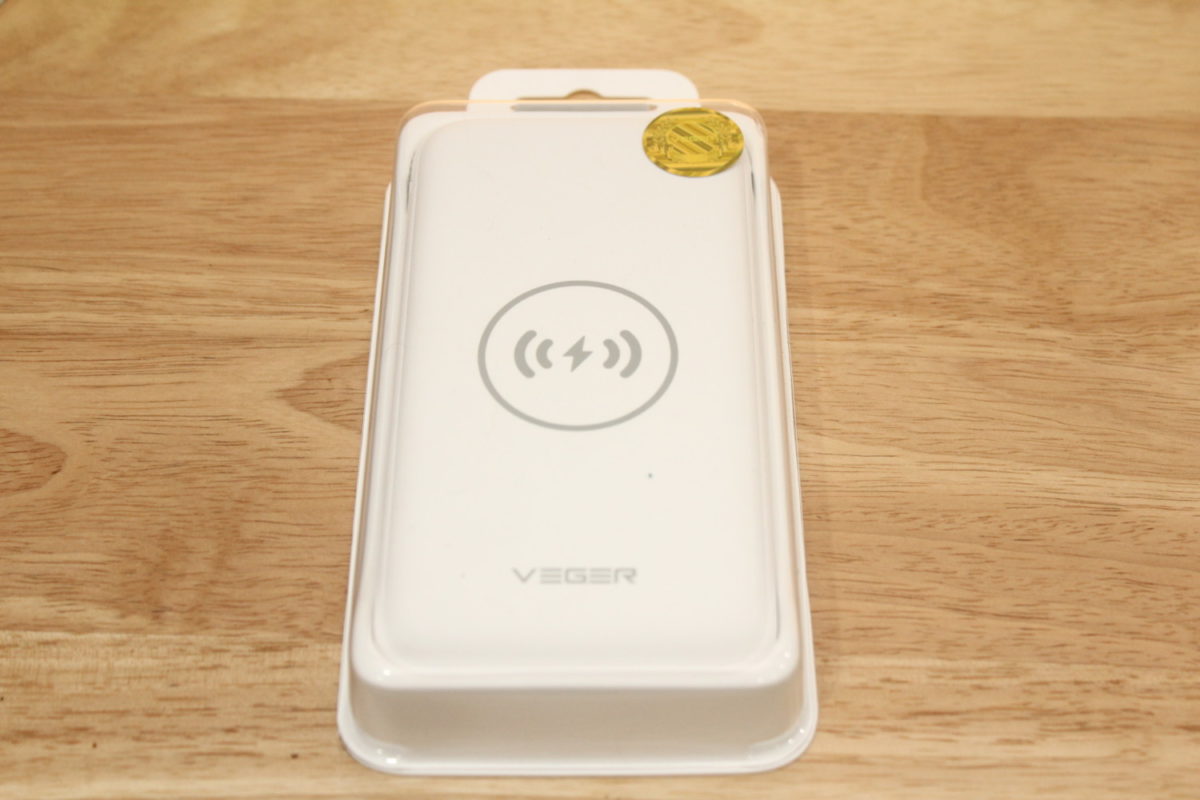
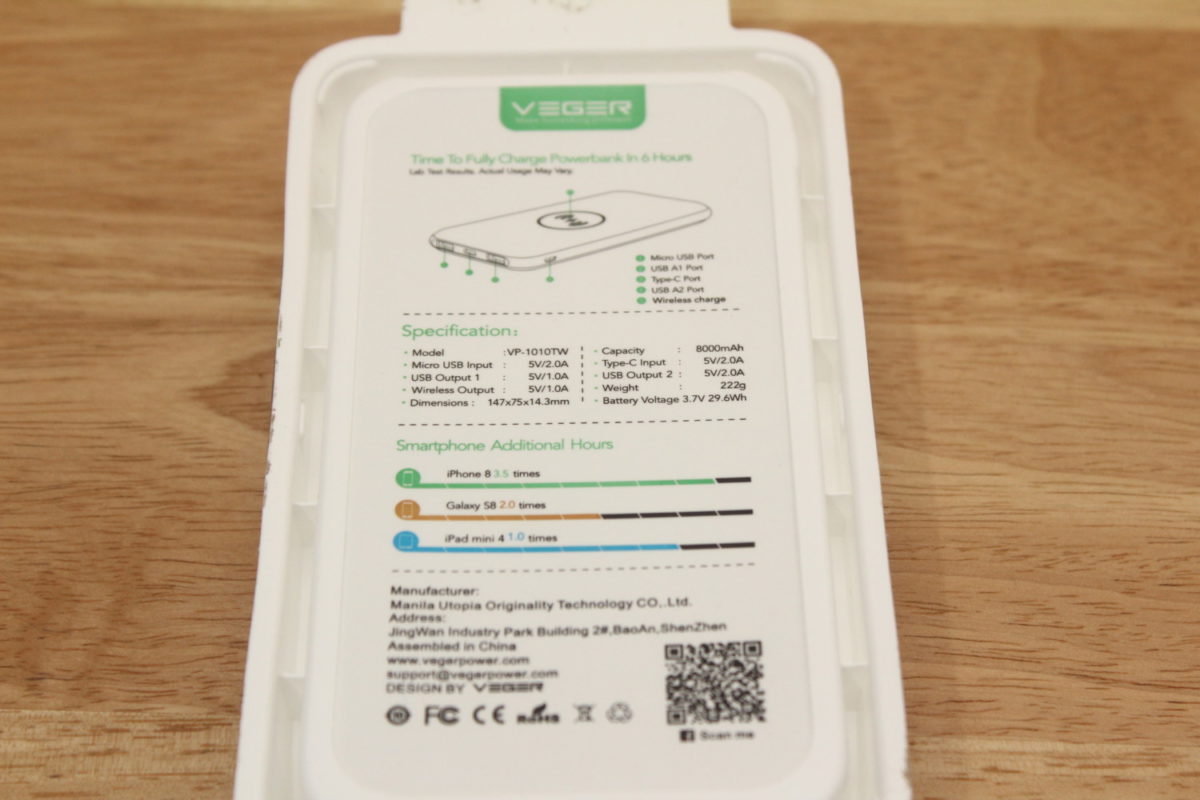
Opening the power bank was fairly easy. Simply hold the top part of the base plastic while pulling off the top part of the cover plastic. Once done, it simply reveals that the power bank comes with 2 accessories, a USB Type-Micro B to Lighting Adaptor, and a USB Type-Micro B to USB Type-A cable. It also comes with a manual user guide and a warranty card. In their shop, it states that the VEGER VP1010TW has a 1-year warranty.
Closer Look – Veger VP1010TW 8000mAh Wireless Power Bank
The first thought that came into my mind after holding the VEGER VP1010TW Power Bank is that it feels premium. The quality and build are there once you get a hold of it. Its rubberized ABS coating really does give a premium feel overall.
The front part highlights the brand logo and the wireless charging logo.
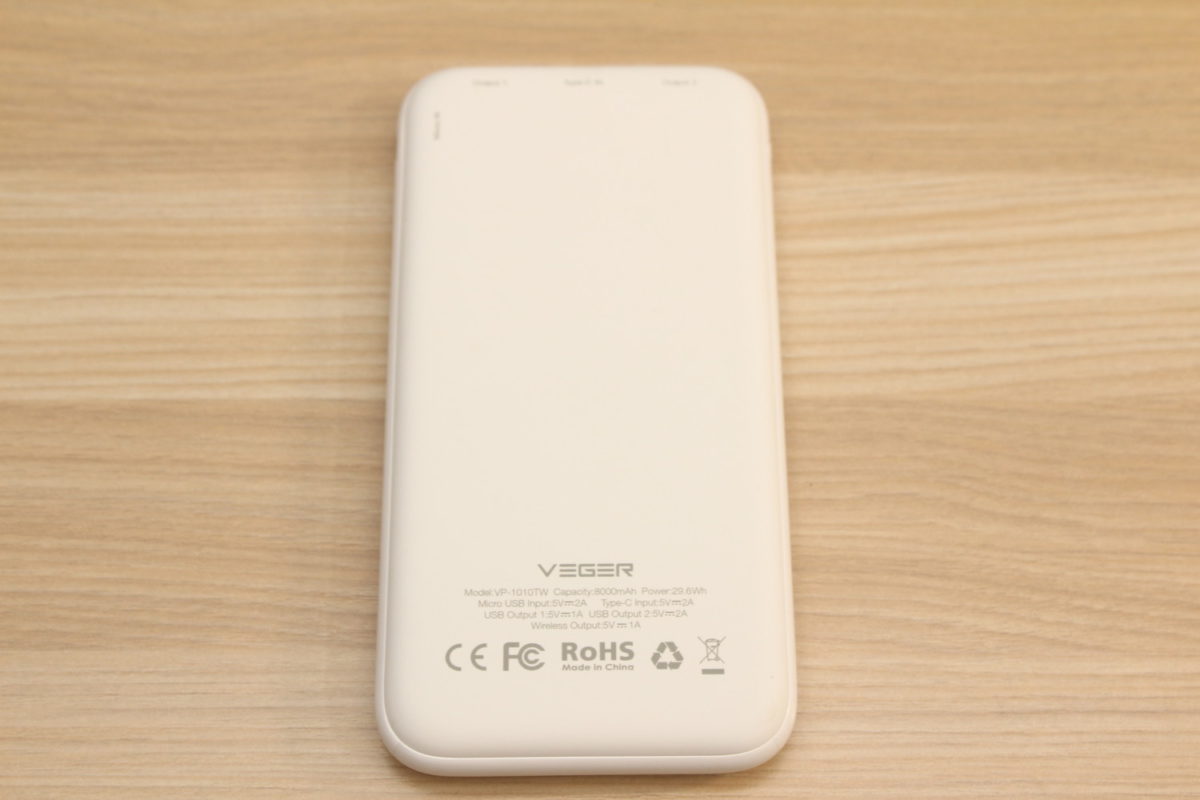
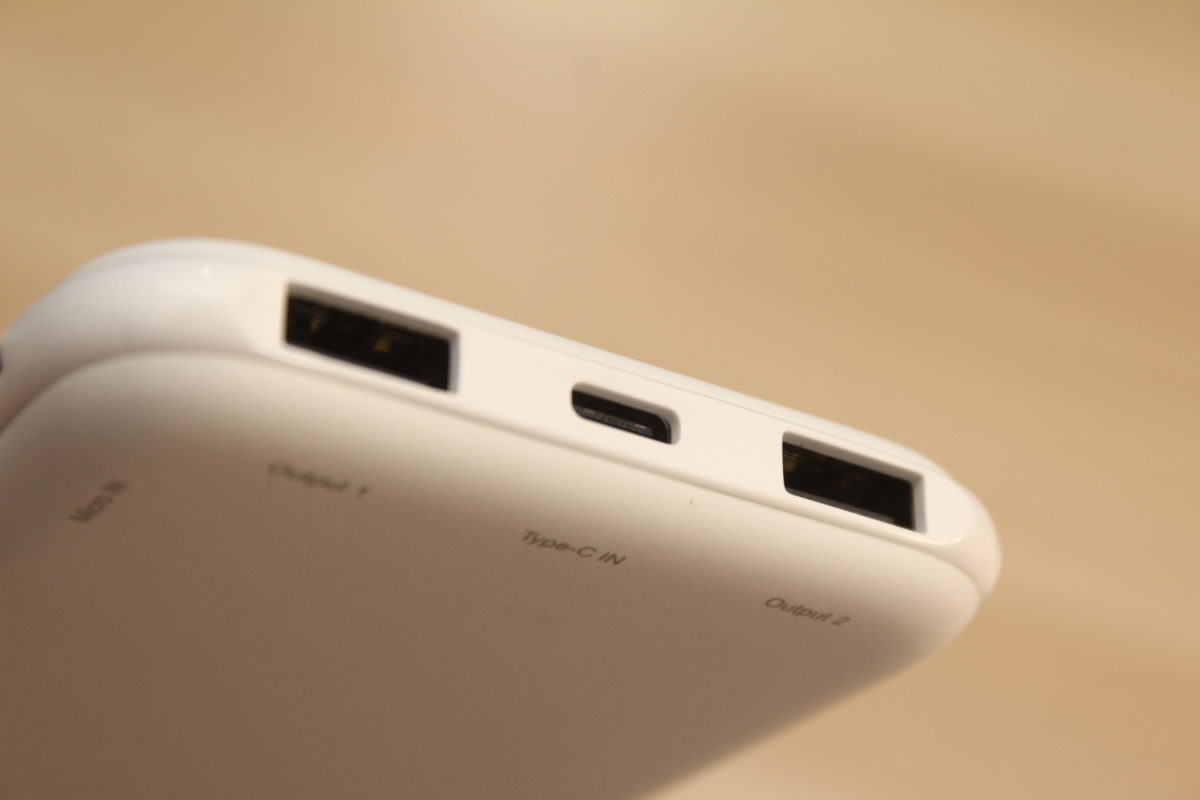
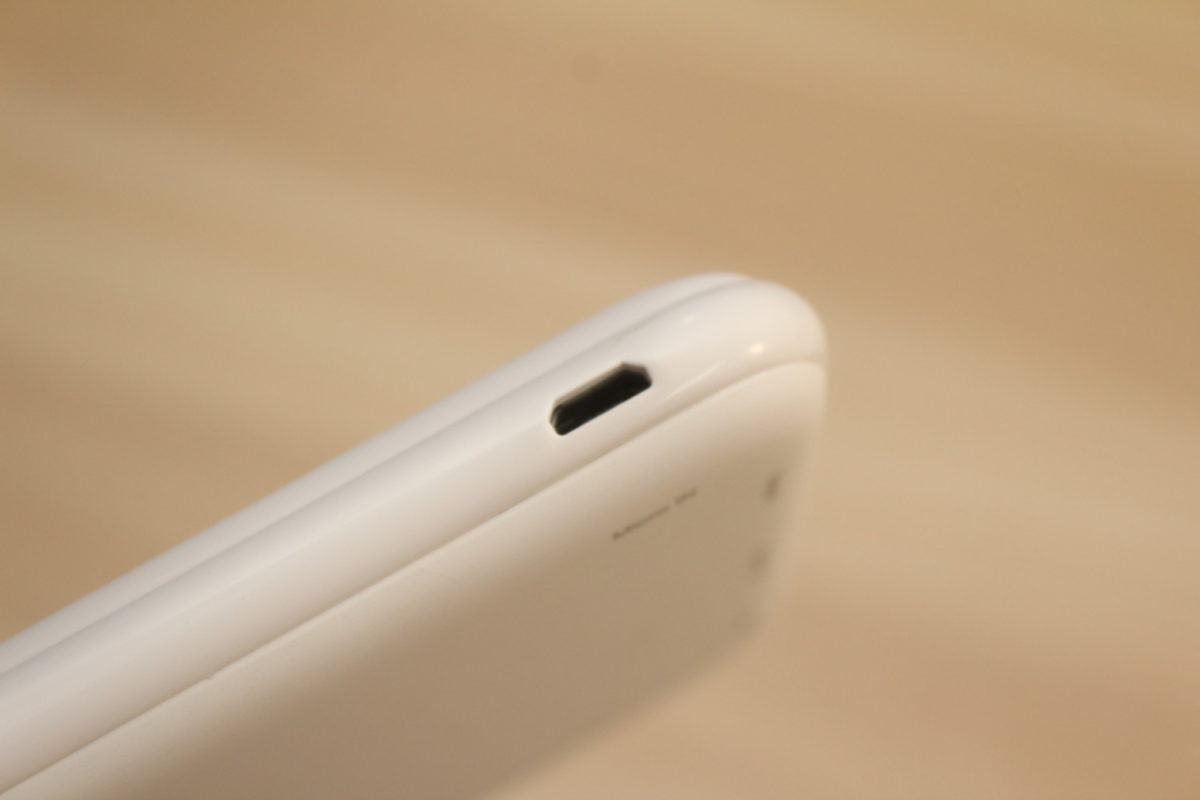
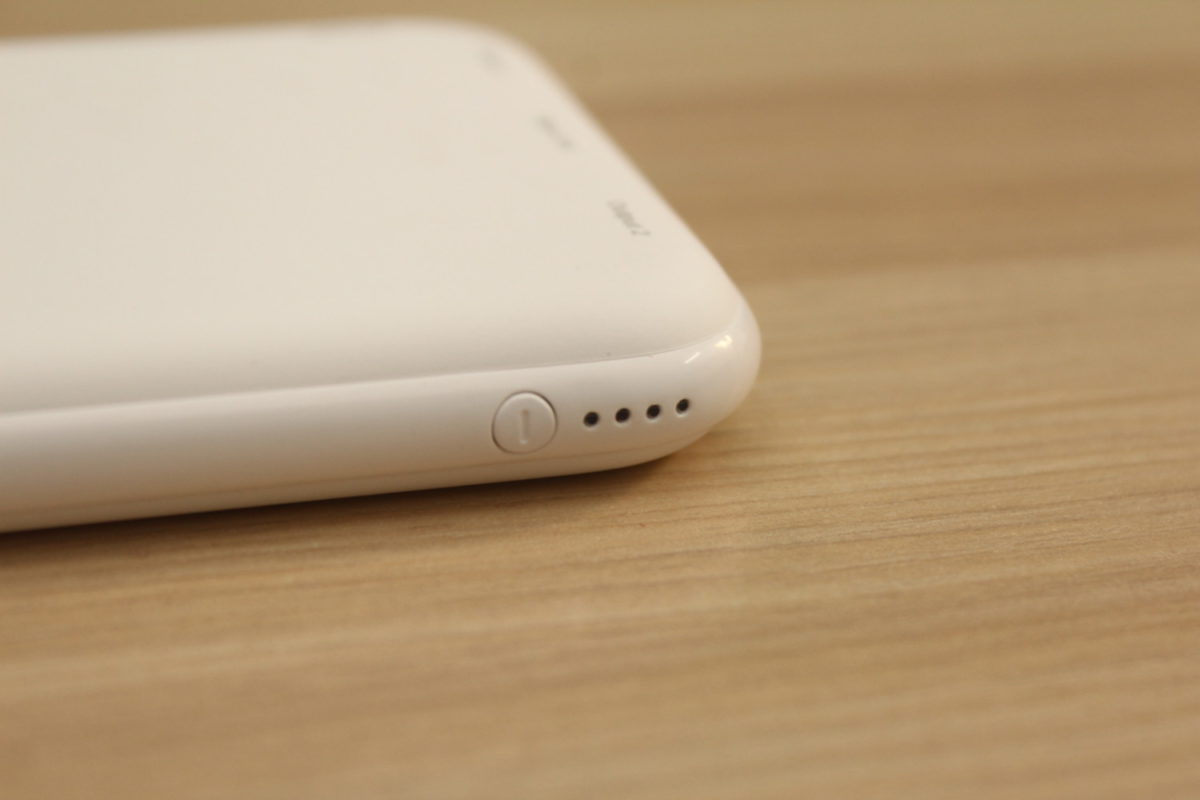
Power LED Indicator: Battery Charge Status
- One Light On: <25%
- Two Lights On: 26 to 50%
- Three Lights On: 51 to 75%
- Four Lights On: 76 to 100%
Performance – Veger VP1010TW 8000mAh Wireless Power Bank
For this section, we are going to test the power bank using different methods to calculate its overall performance. From charging to discharging and testing its overall features.
Testing Methodology
- OMNI Multi Power Meter
- ORICO 40W 5 Port (QC2.0 * 1) Smart Desktop Charger (QSE-5U)
- One USB Type-A to Type-C Cable | Supports 5V 3A
- One USB Type-A to Type-Micro B Cable | Supports 5V 3A
Charging the Power Bank
In terms of charging the power bank, there are two inputs with an identical rating. Basically, the USB type-micro B and type-C inputs are rated 5Volts and 2Amps. Converting that to wattage, that’s about 10Watts based on the formula Watts = Amps x Volts.
For this test, we drained the power bank down to zero. This is for us to get the initial power draw once we start charging it using one of its two inputs. For charging, we used a charger that has an output rating of 5V and 2.4A. We also used two different cables that correspond to the inputs. In which, both cables support fast charging of up to 5V and 3A. We also used an OMNI multi power meter to measure that actual power draw from the wall.
Do remember, in this method, the only thing that we want to see is the wattage since the voltage will be irrelevant. The voltage will drop down to 5V before it enters the batteries of the power bank.
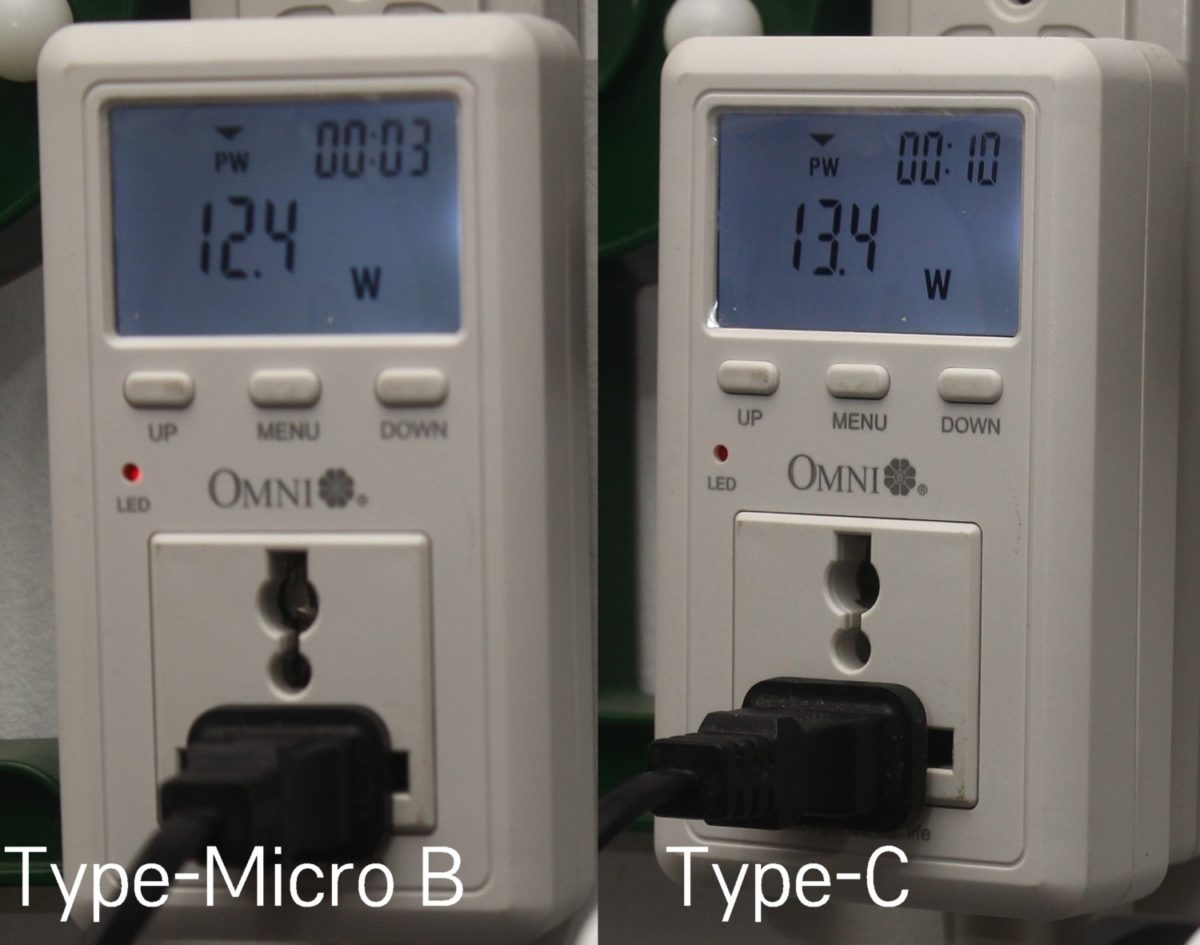
The time it takes to Fully Charge the Power Bank
Considering the result of the first test that we conducted, we can simply compute the time we need to fully charge the power bank. Simply take the best result we got from the first test and that’s 13.4W from the Type-C cable. Converting that to Amperage, that will equate to 2.64Amps using the formula W=VxA and in this case, this will be 5V instead of 220V. For us to get the time it takes to fully charge this power bank, we will also need the power banks capacity which is 8000mAh or 8AH.
Using the formula, mAh=mAxH, we can compute that the time it will take to fully charge this power bank is 222 minutes or 3 hours and 42 minutes. Of course, this will not be the actual result as we also need to consider the efficiency lost during the charging over time since power factor plays a major part in a circuit flow and no loss is basically impossible in all sorts of an electric circuit system.
Now, we will test and see if our computation is within the 10% margin of error once we start charging the power bank.
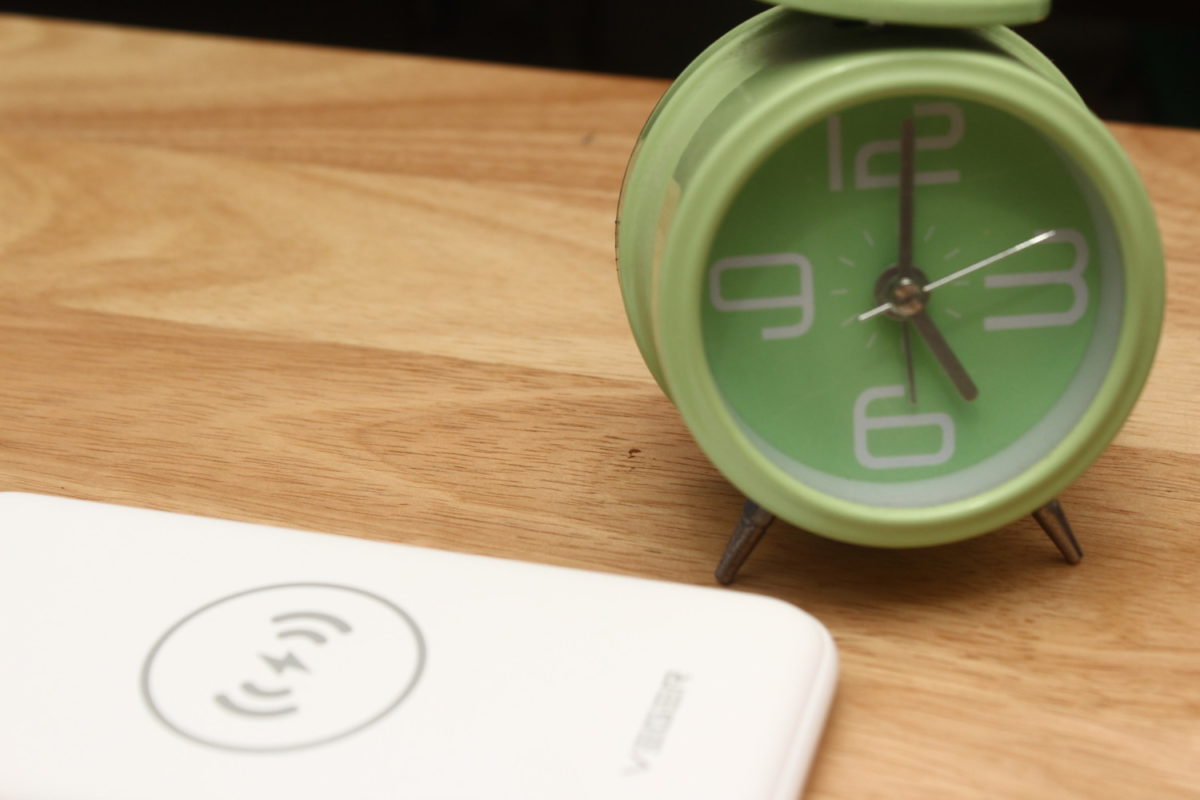
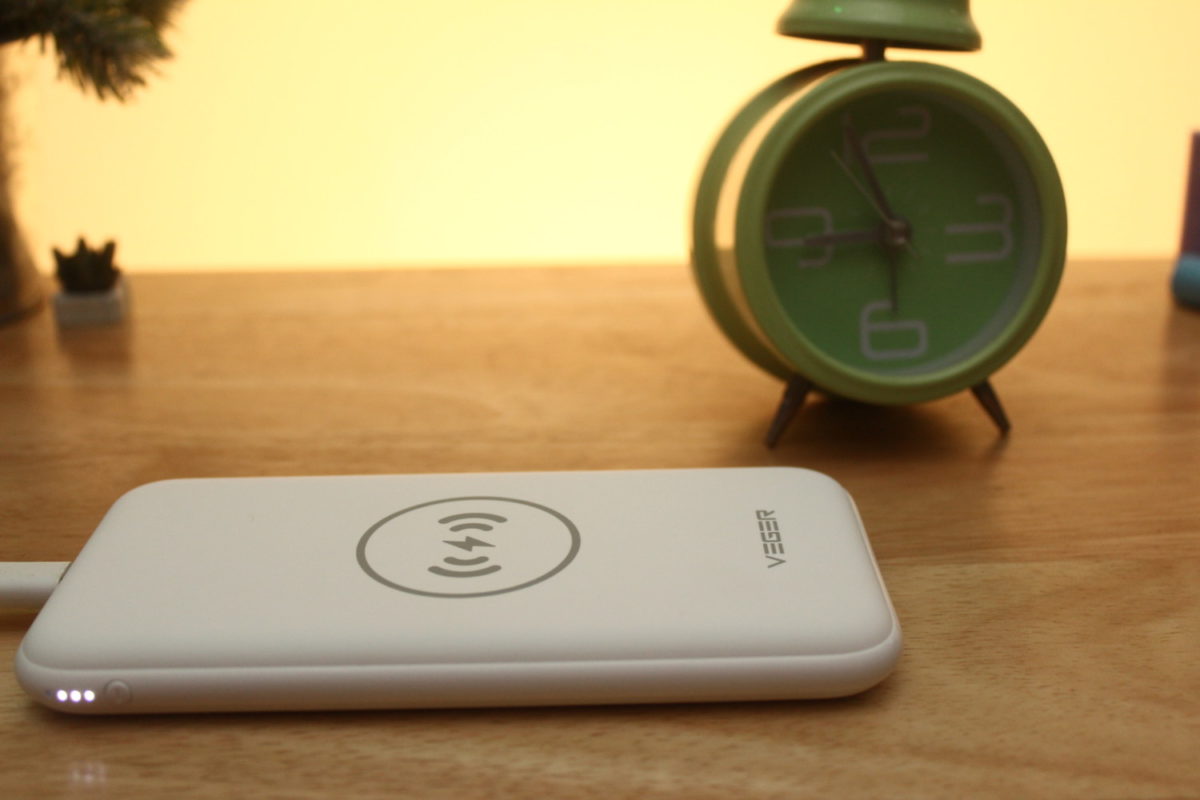
After performing the two tests above, some of you might start wondering if it is possible to use both inputs to charge the power bank faster. The quick answer is no.
As you can see on the image above. Using the same ORICO 5 port charger, we plugged in both cables to charge the power bank. Our power meter reveals that despite plugging two cables, the power draw is similar, if not identical, to the power draw when charging the power bank using the Type-C input. So using the two inputs to charge the power bank faster will not work.
Safety Features
If you’re not aware, the market right now has a ton of power banks available. However, we are pretty certain that the majority of them are faulty, false marketing, and can probably drain the battery of your device instead of charging it. Such issue exists and is most commonly found using power banks that are bought cheaply online.
Fortunately, the VEGER VP1010TW Wireless Power Bank sports 6 safety features. Most of these features are to protect the power bank and your device from exploding. A great example is when a lightning strikes while you’re charging your power bank. It can potentially kill your power bank but the VP1010TW has over voltage, over current, and over temperature protection. You also don’t have to worry about it if you forgot that you left it charging. Because it also features an overcharging protection.
You also don’t have to worry about any reverse charging issues with the VEGER VP1010TW. A diode, a semiconductor device that controls the flow of current in one direction only, is present within the circuit of the power bank. Assuring you that the power bank will not drain the battery of your phone.
Charging Features
The VEGER VP1010TW features two charging ports with different output ratings and one wireless charging spot.
QI Wireless Charging Technology
Speaking of wireless charging, the VP1010TW uses QI Wireless Technology. That means not all phones support wireless charging, unless otherwise stated on the specification of your device. A phone or device needs to have a built-in QI wireless power receiver to support QI wireless charging.
Here’s a list of phones that supports QI Wireless Technology:
- Apple iPhone: 8, 8 Plus, X
- Samsung Galaxy: S9, S9+, Note 5, Note 8, S8, S8+, S7, S7 Active S7 Edge, S6, S6 Edge
- LG: V30, G6 (US version only), G4 (optional), G3 (optional)
- Microsoft Lumia: 1520, 1020, 930, 929, 928, 920
- Google Nexus: 4, 5, 6, 7 (2013)
- BlackBerry: Priv, Z30
- Motorola: Droid Maxx, Droid Mini, Droid Turbo, Droid Turbo 2, Moto X Force
- Nokia Lumia: 735, 830,920,928,929 / Icon,930,1520
- Asus Padfone S
Now you might be asking if there’s a way for your device to support wireless charging. Actually, there is. Simply buy a Universal Qi Wireless Tag Receiver and equip in on your device.
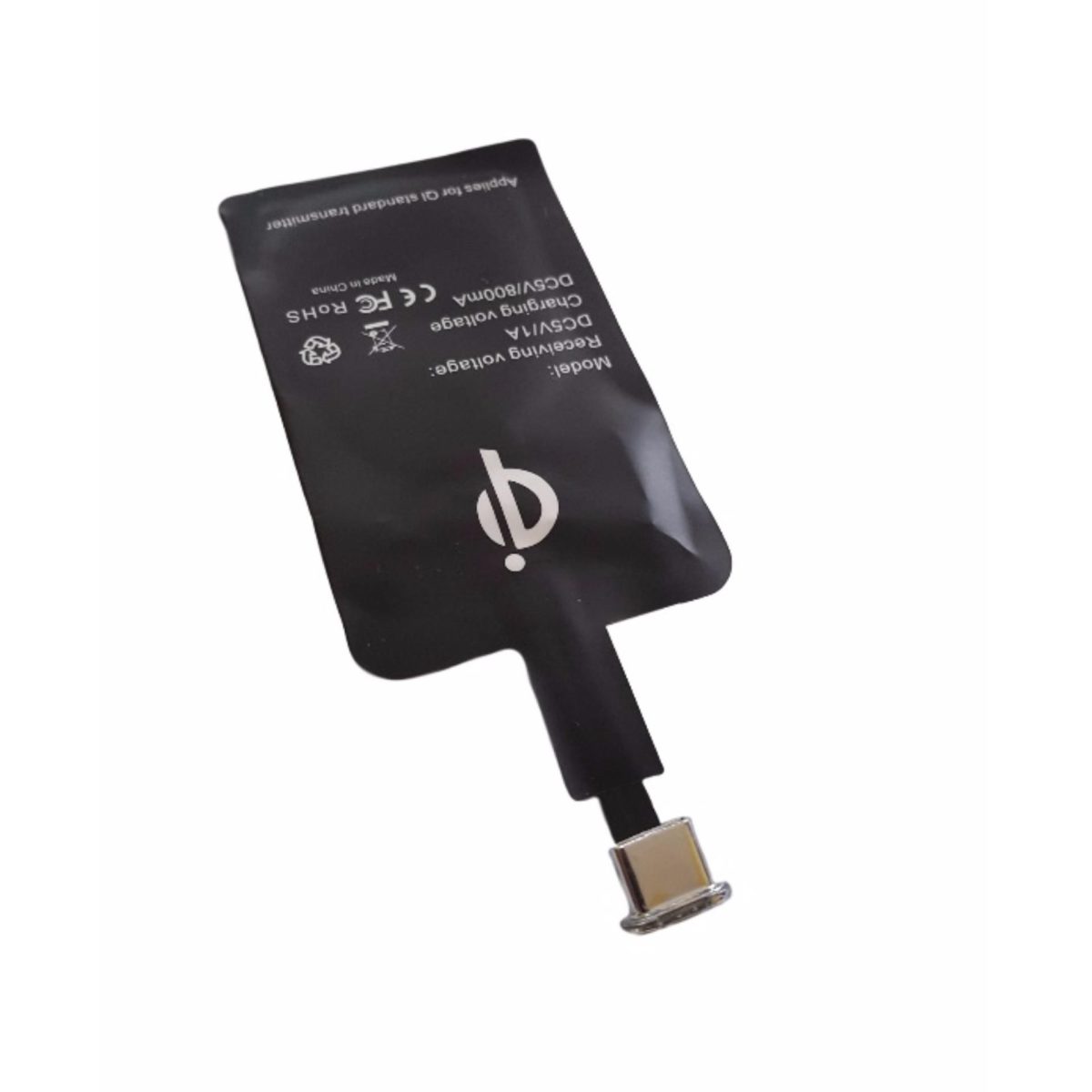
Make sure that you’re buying the correct receiver that comes with the same USB Type input that your device has.
Wireless Charging Test
We have here is a Samsung S7 that supports wireless charging. By simply laying the phone on the wireless charging part of the power bank, it started charging. Neat! Do note though that this is not a fast wireless charging. The wireless charging can only output 1A.
Simultaneous Charging
This power bank is actually capable of simultaneously charging 3 devices.
Although one important thing to note here is that the USB port with the label “Output1” has only a 1A charge rating while the one with the “Output2” label can output 2A. So if you want your device to charge fast, you should charge it using the Output2 port.
Passthrough Charging
What does passthrough charging mean? Basically, passthrough charging means that you’re charging your device via the power bank while charging the power bank at the same time.
Apparently, the VP1010TW supports passthrough charging. Though you may not see it clearly on the image above, we hooked up our device on the power bank while charging the power bank at the same time. The power bank’s power indicator LED started blinking while charging the device. That means that the power bank is charging itself as well which is cool. However, as much as possible, we do not recommend anyone doing a passthrough charging on daily basis. This can deplete the lifespan of the batteries faster than the indicated life cycle on the specification.
Final Thoughts…
The VEGER VP1010TW 8000mAh Wireless Power Bank is definitely a premium quality product in the market right now. Though it’s still far from perfect. The main selling point of this power bank is its wireless charging capability without compromising the quality of the product. Other things such as its 6 safety features, simultaneous charging, and anti-scratch coating are bonuses that anyone would love to have.
The design might be basic and lacks some aesthetics but its simplicity definitely catches the eyes. Though some might find it expensive, the price and value you get are definitely worth the money you spend it with. Power banks should not just be disregarded as simply a power bank. Everyone needs to know that power banks should be an investment as well. The same goes as how you invest in your devices. Pretty sure, you don’t want anything bad to happen to your devices right? That’s where the 6 safety features of the VEGER VP1010TW comes in handy. Assuring protecting for your device and the power bank as well.
Probably the only concern we have is that the VEGER VP1010TW doesn’t feature any fast charging technology. Especially in this generation where batteries of the latest phones have bigger capacities than ever before. Reaching up to 4000mAh. That will take about 2 hours and 30 minutes or so to fully charge a phone from 0 to 100% with a 4000mAh battery.
Overall, the VEGER VP1010TW is leaning toward consumers who want a quality power bank that features wireless charging with simultaneous charging abilities. However, if fast charging matters to you, then there are other better options out there. Like the VEGER VP1027, a 10000mAh Power Bank with Triple Fast Charging System — 2.4A Fast Charger + Qualcomm Quick Charge 3.0 + PD Power Delivery.
FAQ:
- Can I charge more than one device at the same time?
- Yes, you can even use a USB hub to charge more than 3 devices at the same time.
- Will the power bank charge faster if I use the two inputs to charge it with?
- No, it will not work.
- Can I charge my device using the power bank while charging the power bank at the same time?
- Yes but not recommended. It can potentially deplete the lifespan of the batteries.
- I saw this on LAZADA for PHP99, why does it cost more now?
- The PHP99 was a listing mistake. The actual MSRP of the power bank is PHP1,950.
- Is it possible to charge the power bank using my device?
- No. We tried but it didn’t work. See image below, nothing is happening. Our device isn’t getting discharged. No light response from the power LED indicator of the power bank.
- No. We tried but it didn’t work. See image below, nothing is happening. Our device isn’t getting discharged. No light response from the power LED indicator of the power bank.
Where to Buy:
Related Article/s
- Review – VEGER VP2003 20,000mAh Power Bank



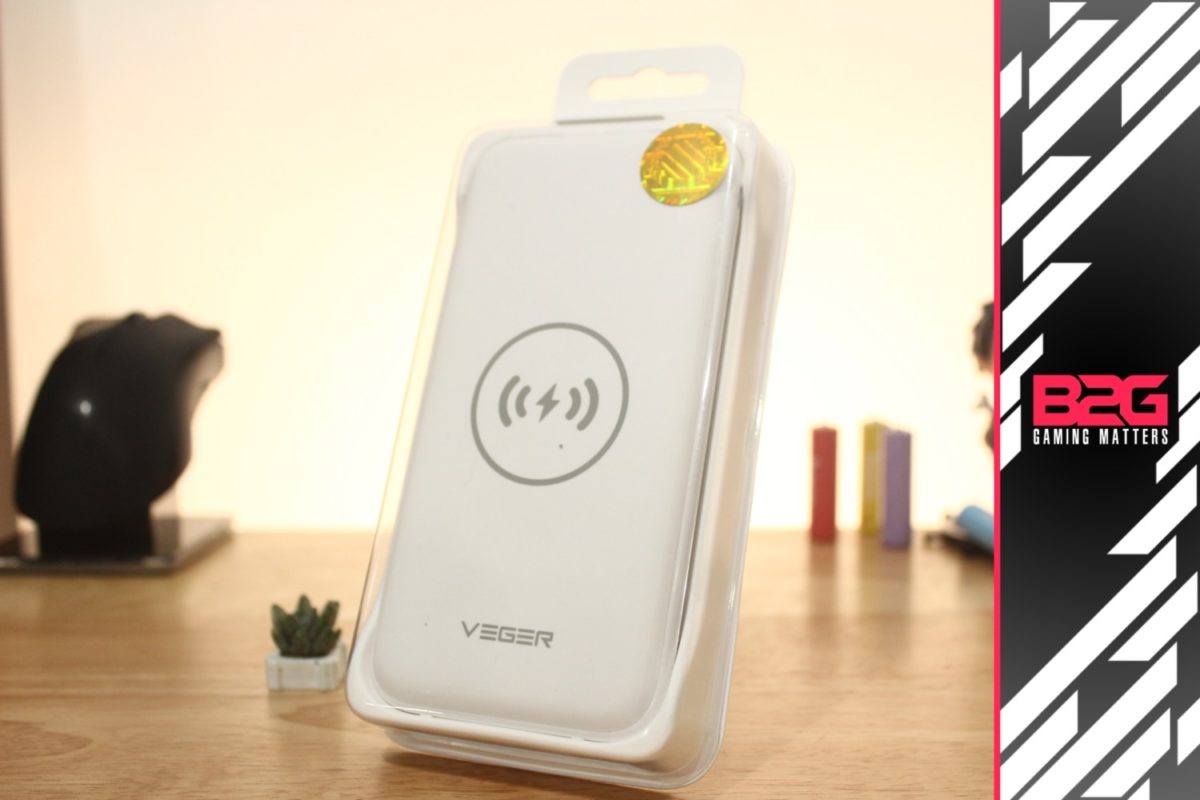
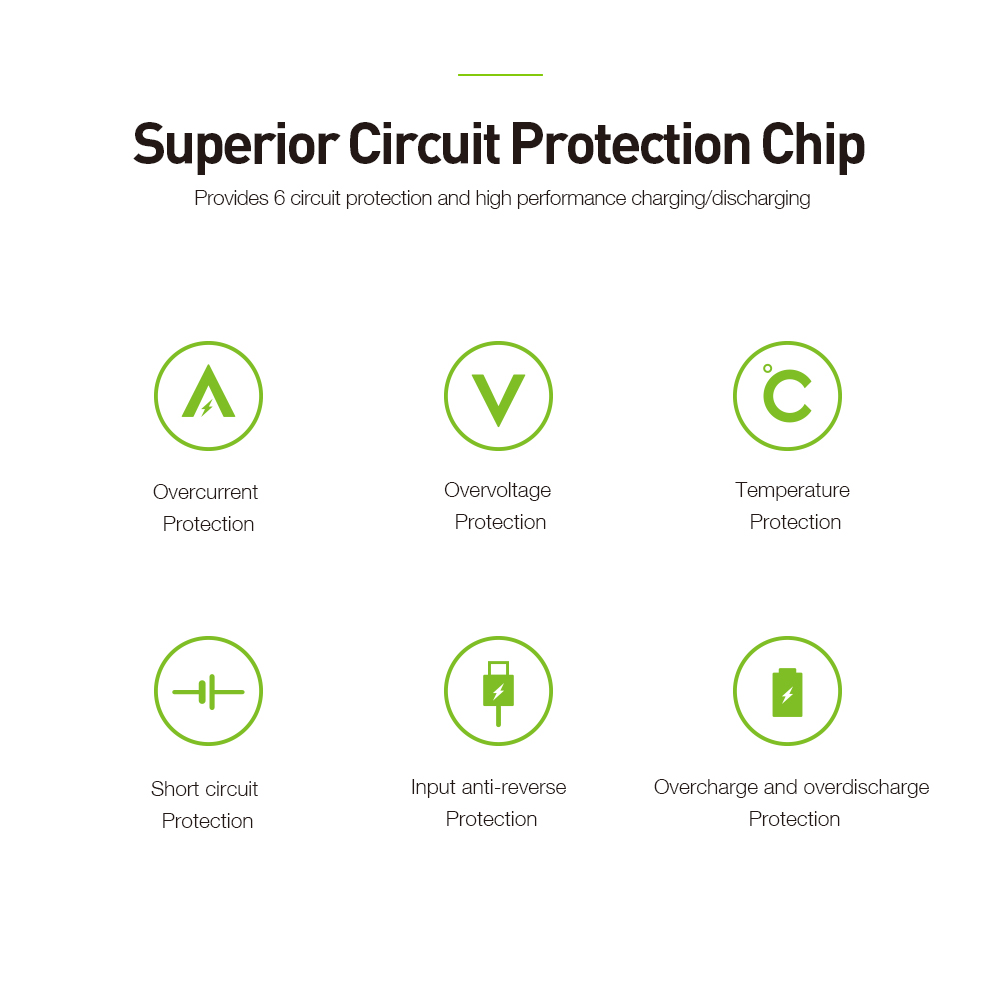
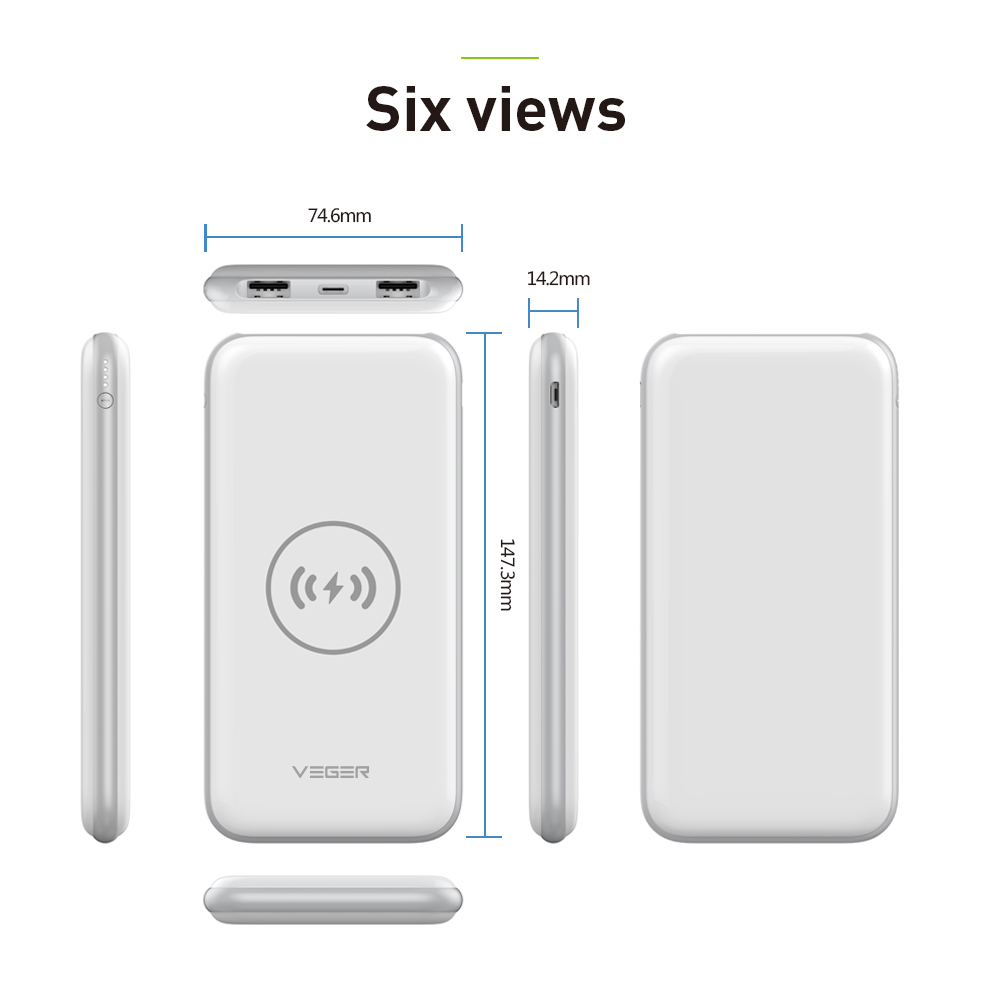



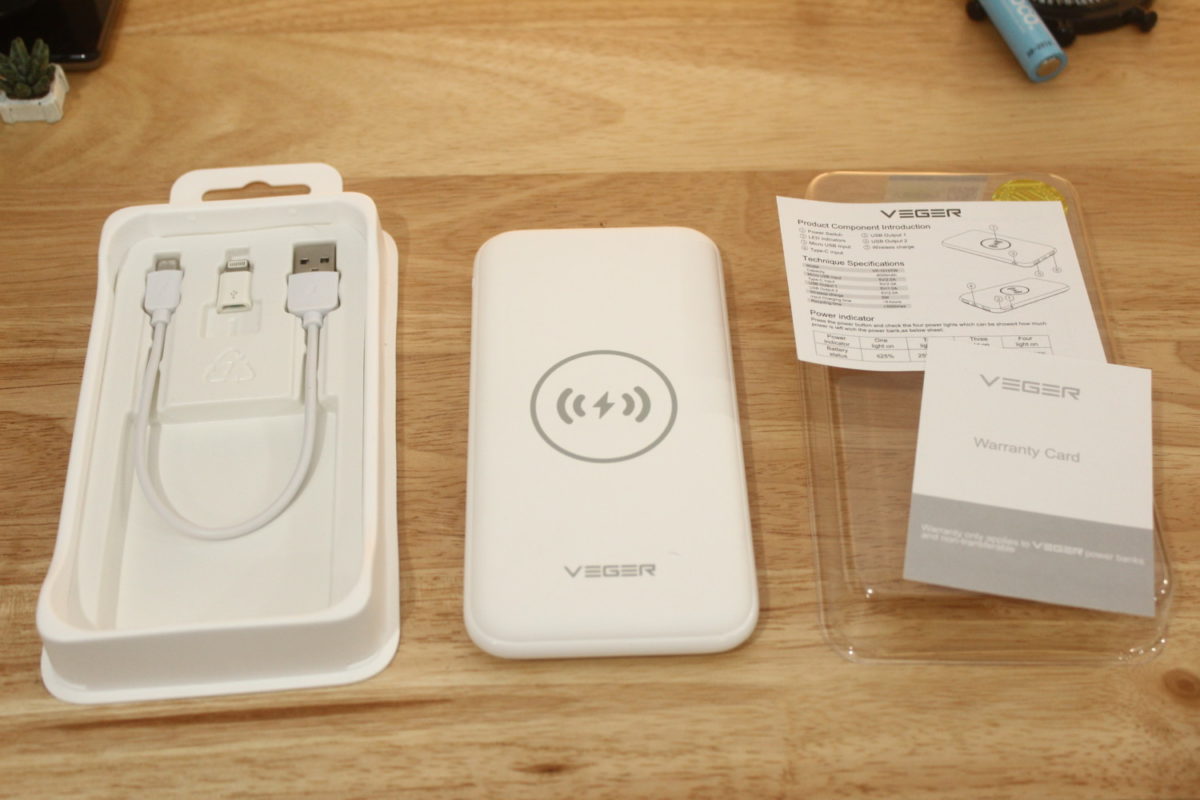
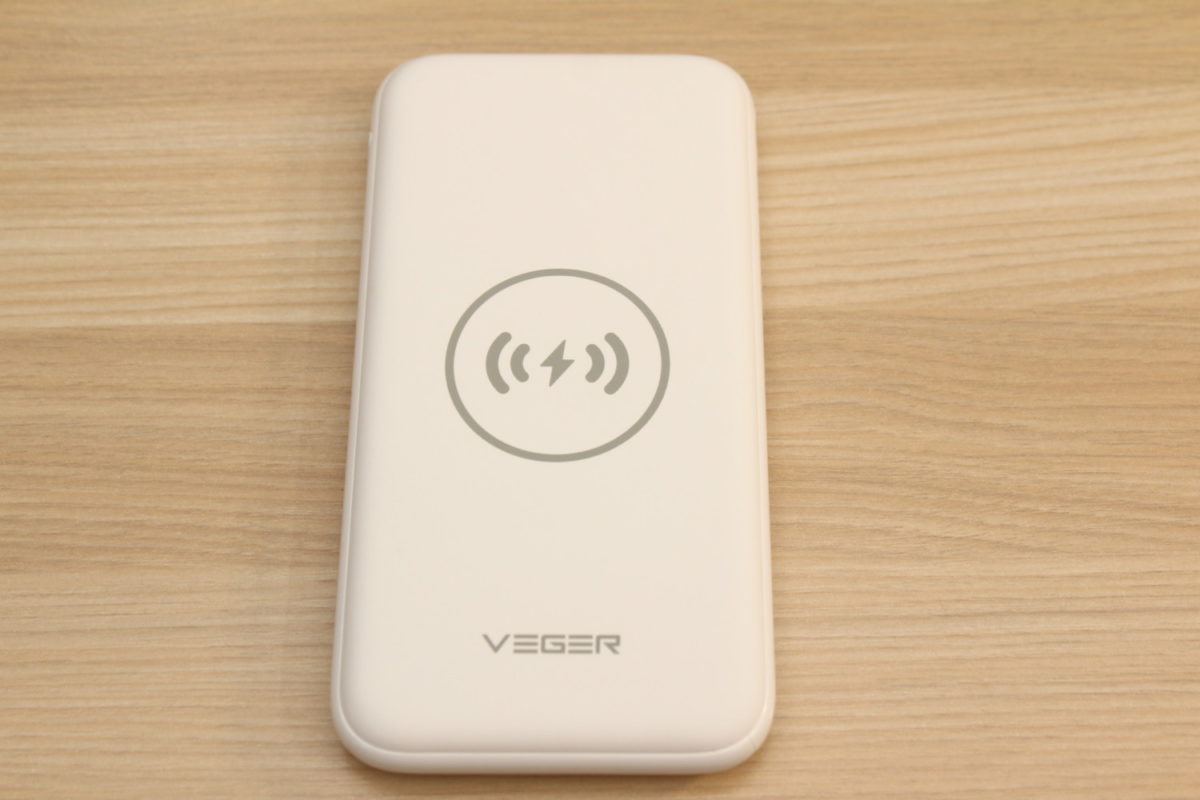
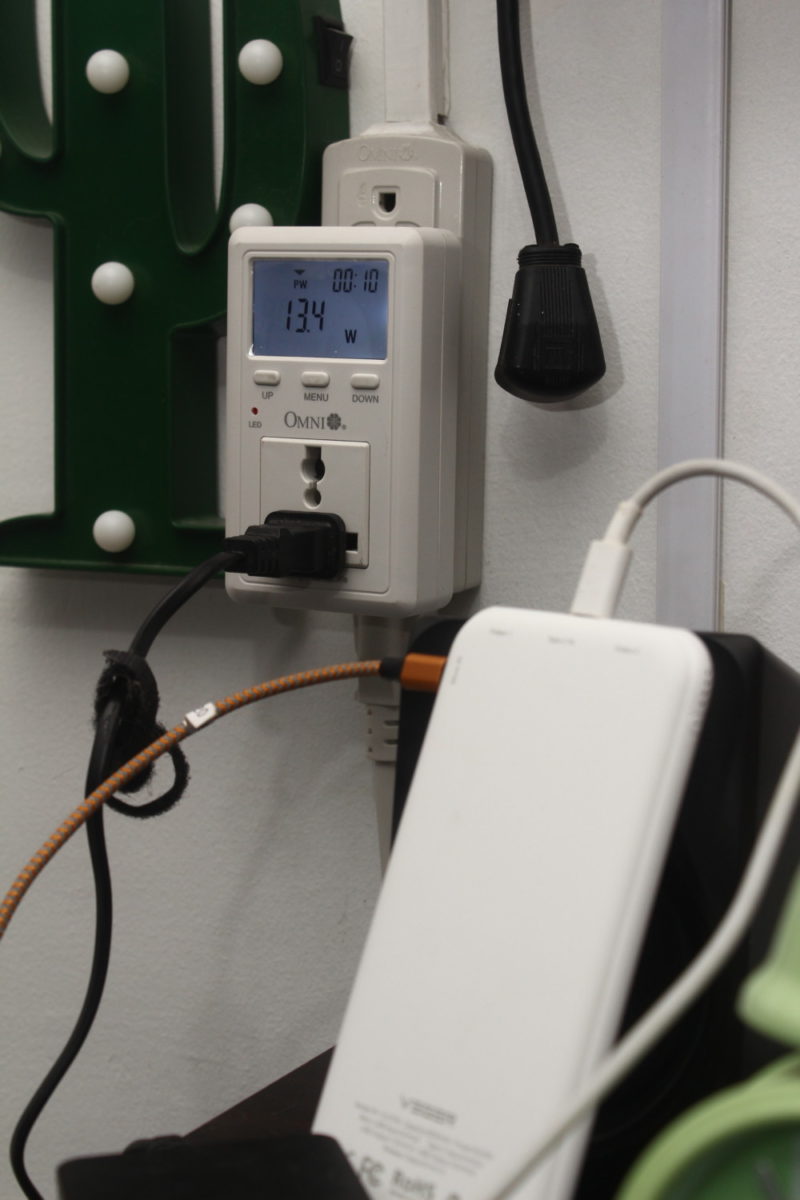

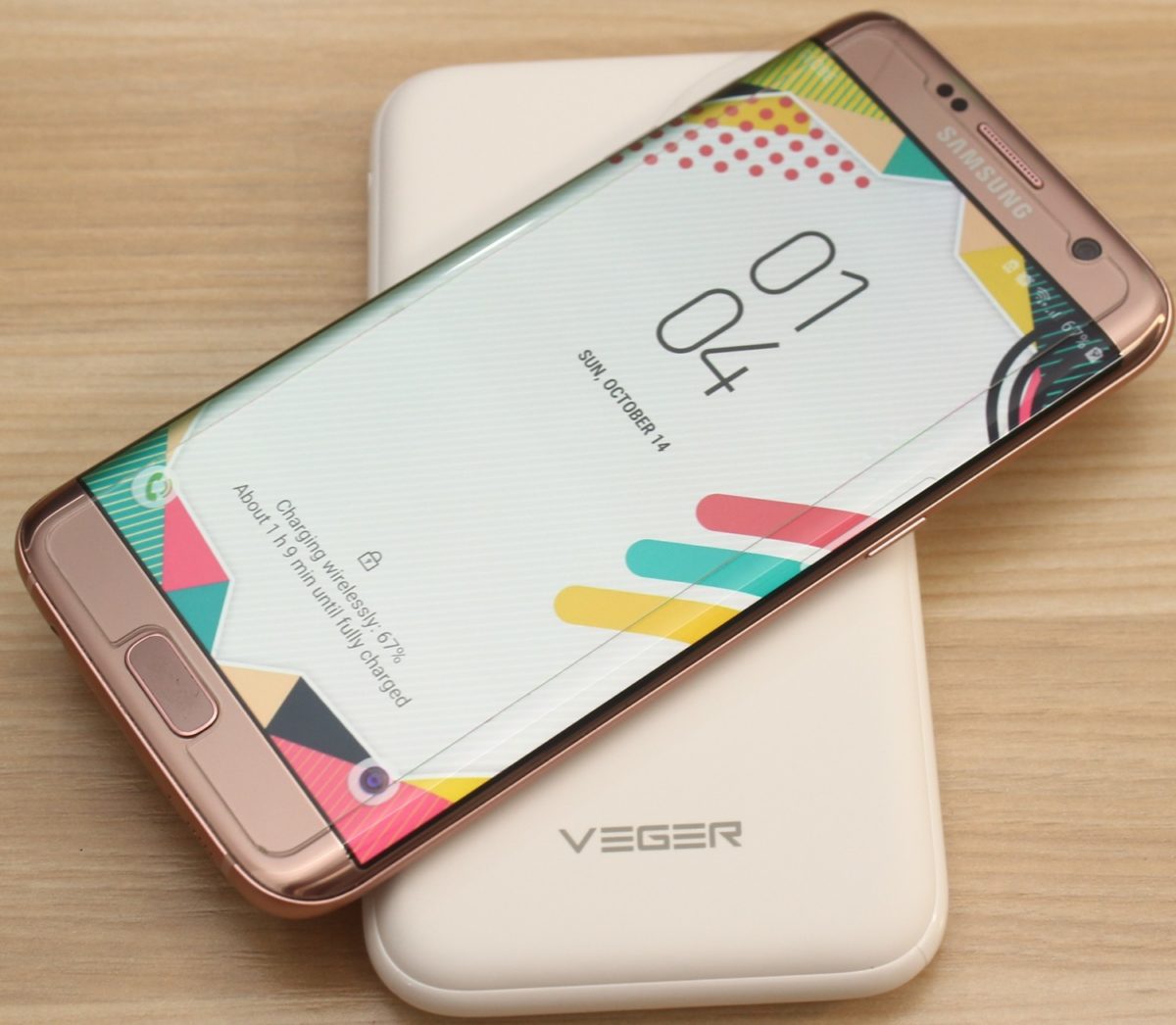
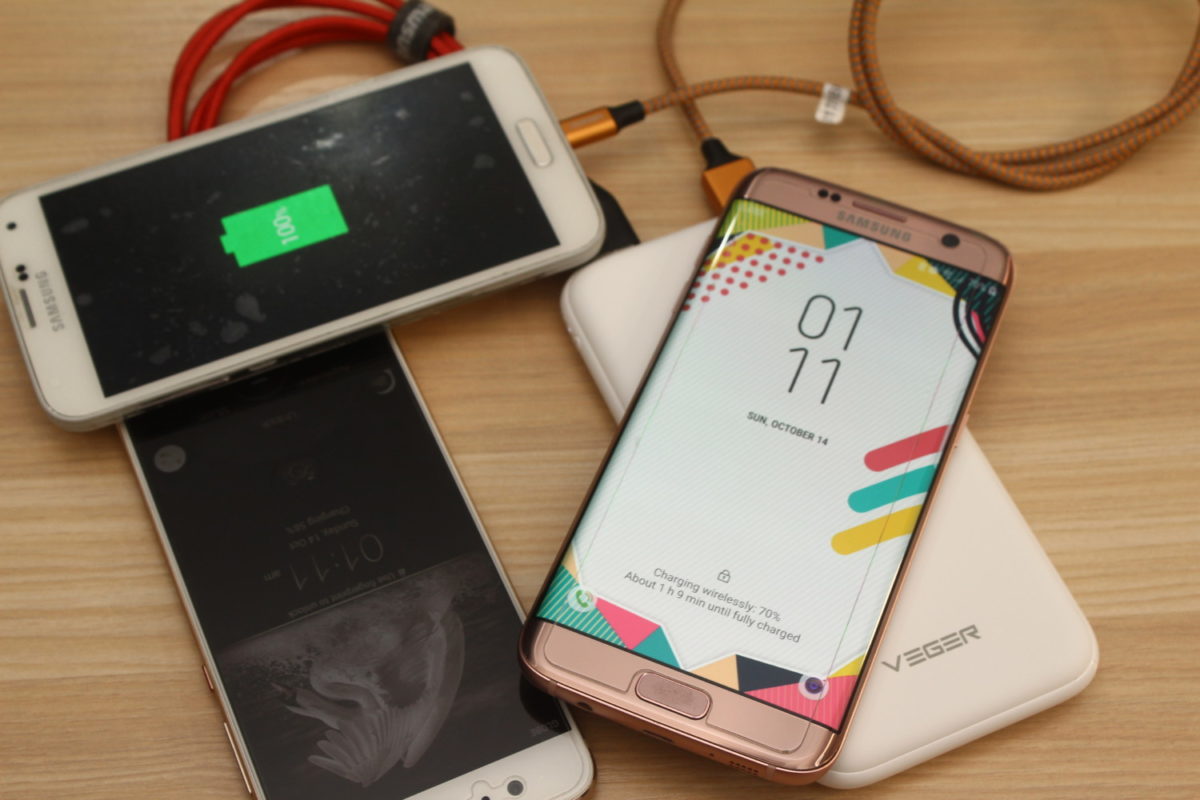
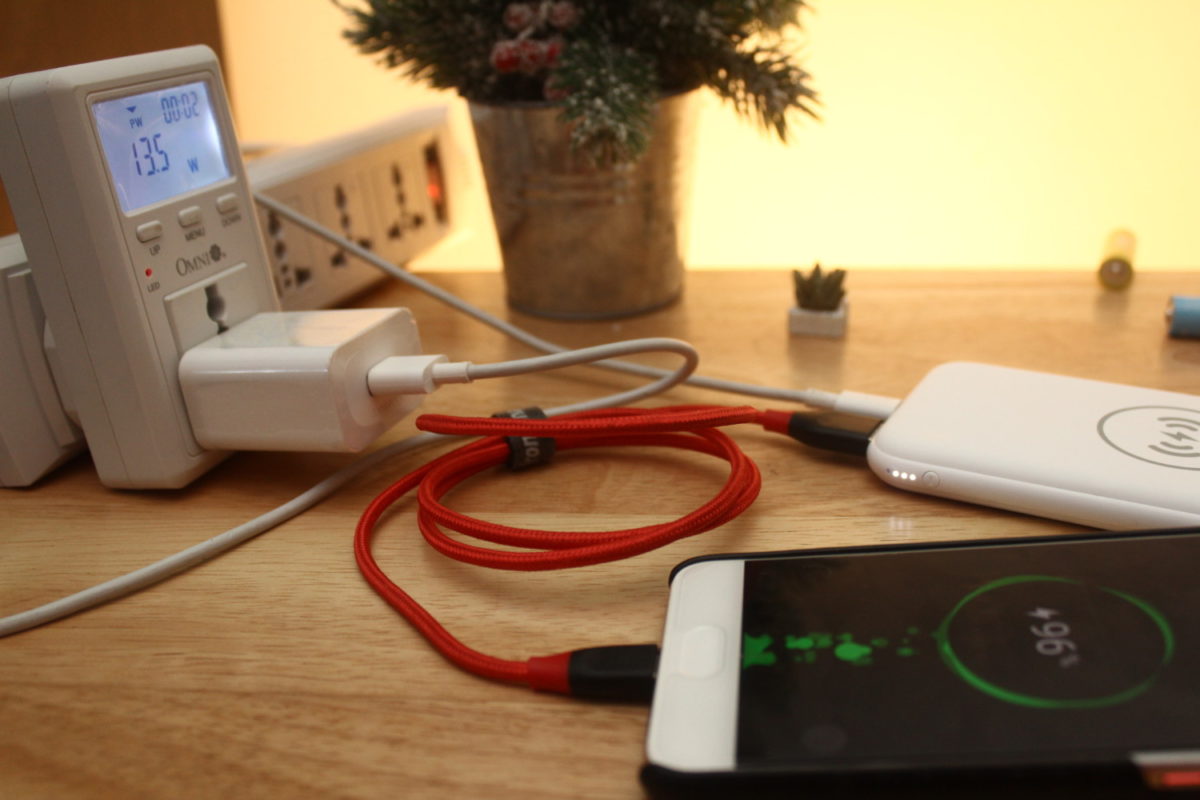
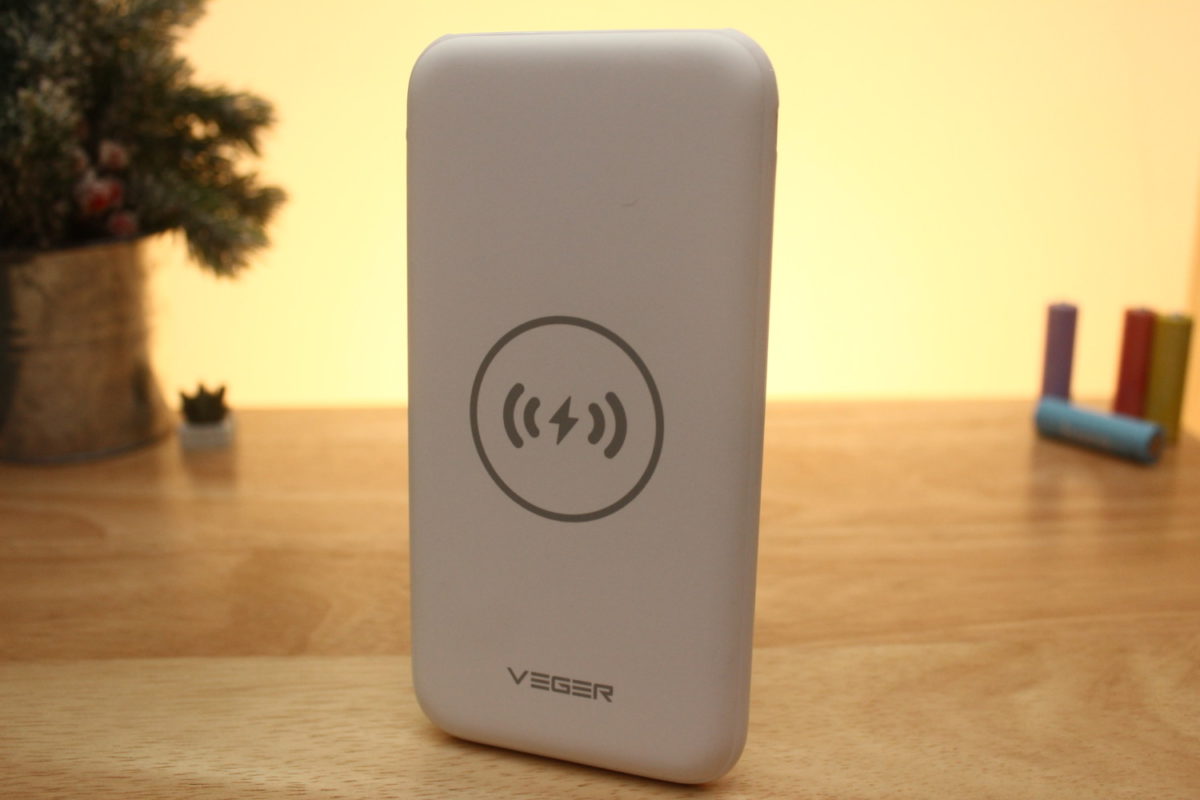

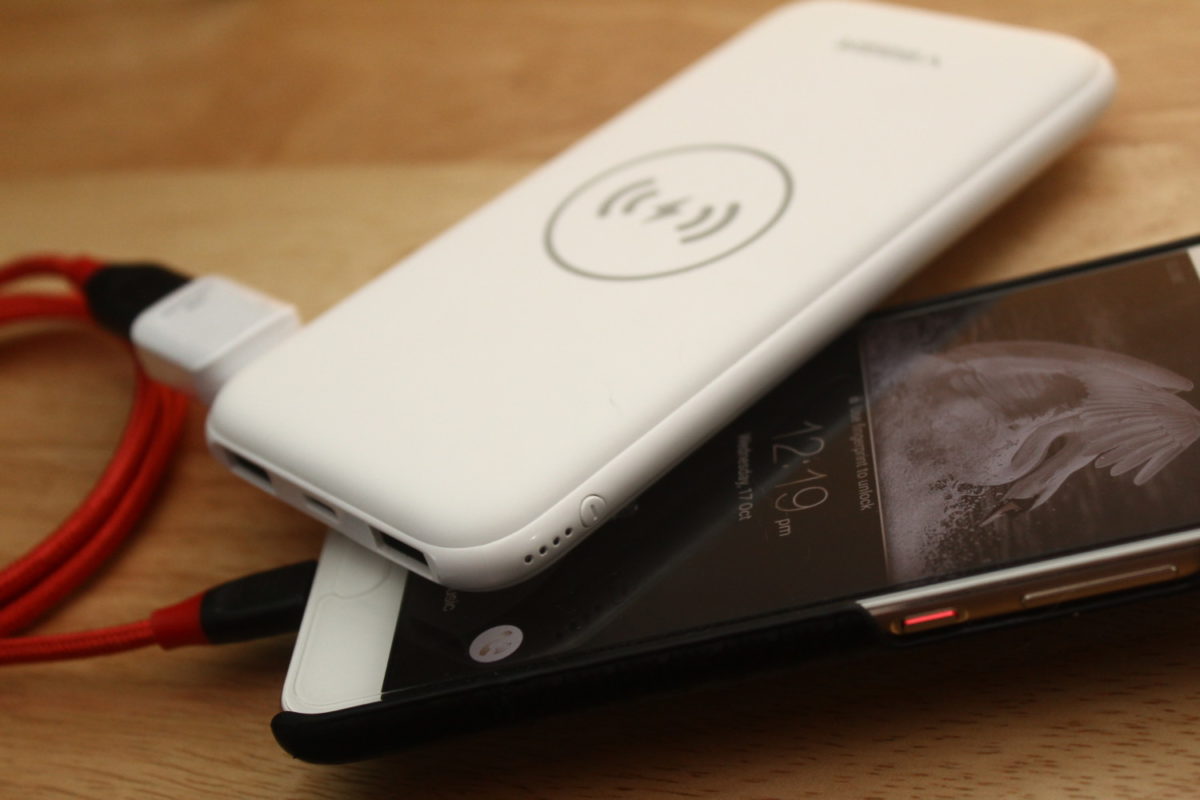
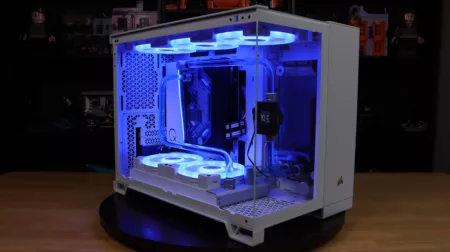
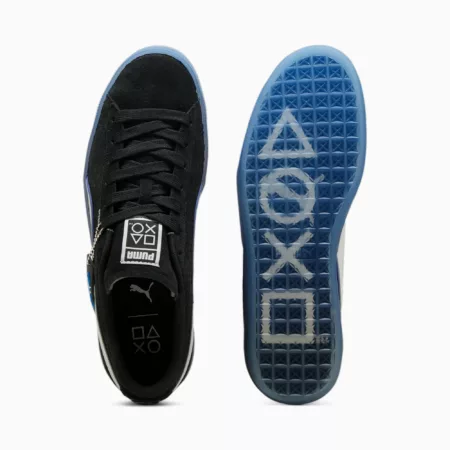

2 Comments
Ung iba nag hoard. Haha. May nakita ako ng post ng 10pcs binili.
ezbugatti para sa mga e-snipers